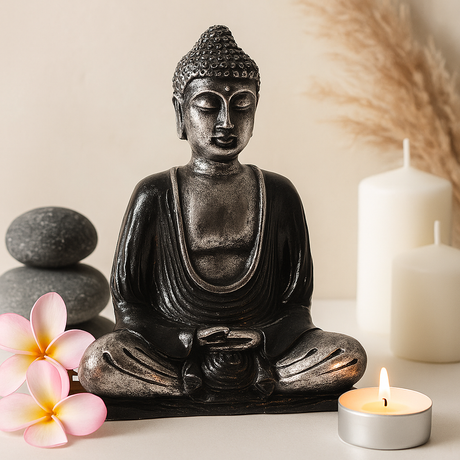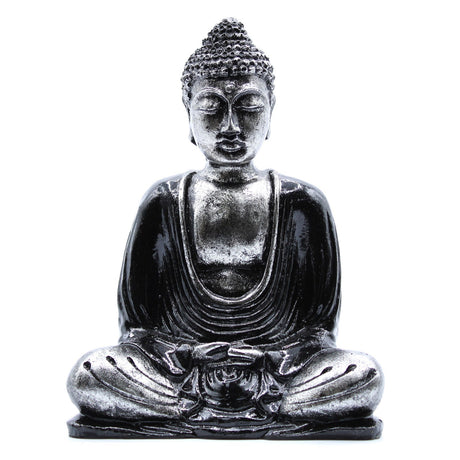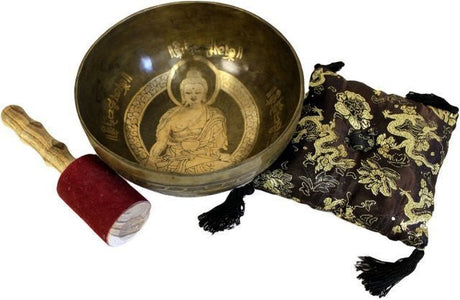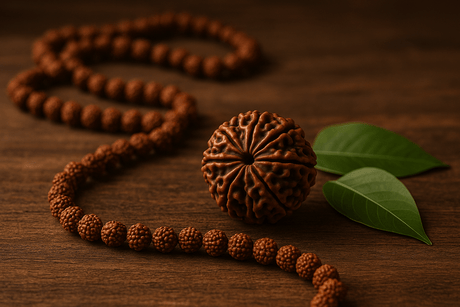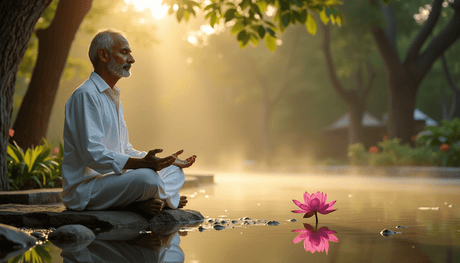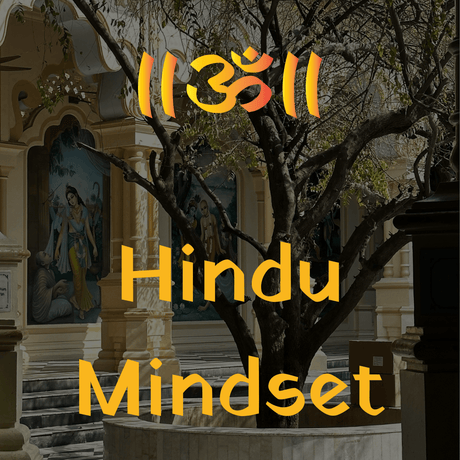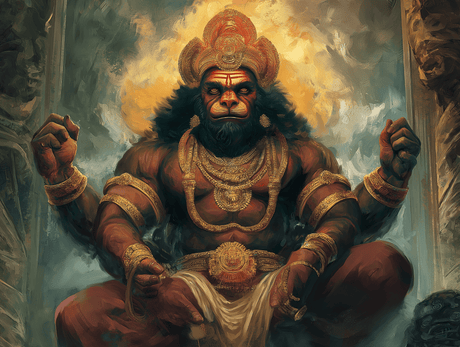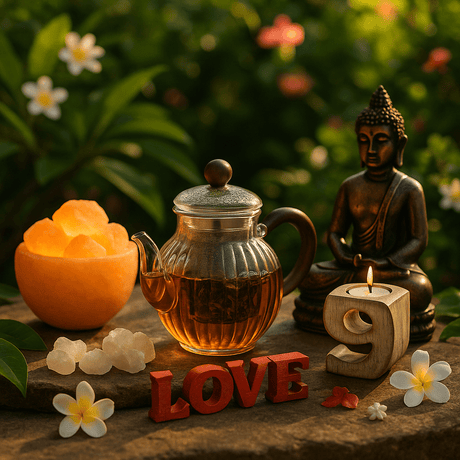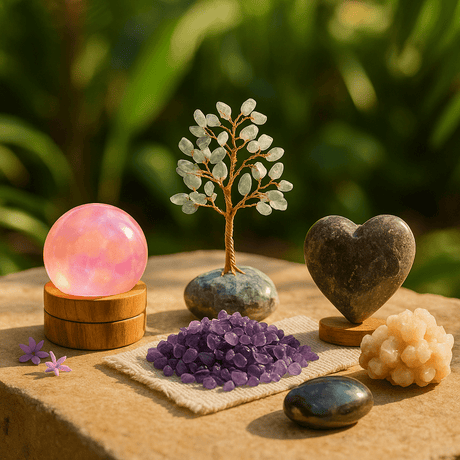Introduction 🌟
Buddhism, born from the profound insights of Siddhartha Gautama, the Buddha, offers a transformative path to enlightenment and inner peace. This guide explores its core teachings, merging ancient wisdom with contemporary relevance.
Early Life of Siddhartha Gautama 🌳
Siddhartha Gautama, who would later be known as the Buddha, was born in the year 567 B.C.E. in Lumbini, a small kingdom situated just below the Himalayan foothills in what is now Nepal. In the royal family of the Shakya clan, Siddhartha's early life was one of luxury and protection, far removed from the everyday struggles and sufferings of ordinary people.
His father, aware of a prophecy that Siddhartha could become a great spiritual leader, kept him within the palace walls to shield him from life's harsher realities. Siddhartha's life in the palace was filled with comfort, and he was trained in various skills befitting a prince, including archery and swordsmanship. Despite this sheltered upbringing, a pivotal moment came around 537 B.C.E., when he was about 30 years old, as his father allowed him to go hunting.
It was during this excursion outside the palace that Siddhartha encountered the harsh realities of life for the first time. He saw an old man, a sick man, and a dead man, and these sights deeply disturbed him. He was confronted with the inevitability of aging, illness, and death - truths he had been protected from all his life. Additionally, Siddhartha saw an ascetic, a person who had renounced worldly pleasures and appeared at peace despite life's sufferings. This contrast between the suffering he witnessed and the ascetic's tranquility profoundly affected him.
These experiences were decisive in shaping Siddhartha's future. They sparked a deep inner turmoil and a quest for understanding the nature of suffering and the path to overcoming it. This marked the beginning of his journey towards enlightenment, leading him to eventually renounce his royal life and seek spiritual understanding. Siddhartha's quest would ultimately lead to the founding of Buddhism, a major world religion and philosophical system that continues to guide millions in their search for meaning and inner peace.

The Four Noble Truths: Buddhism's Foundation 🛤️
The Four Noble Truths are the core teachings of Buddhism and provide a framework for understanding the nature of suffering, its causes, and how to overcome it. These truths form the essence of the Buddha's teachings and are considered the foundation of Buddhist philosophy.
- Dukkha (Suffering): Life is filled with suffering. It's not only about physical suffering but also psychological and spiritual. This includes the obvious pains of life such as illness, death, and aging, as well as subtler forms of suffering like impermanence and the unsatisfactoriness of worldly pleasures.
- Samudaya (Origin): Suffering comes from desires and attachments. The Buddha taught that our desires and attachments to worldly pleasures, material possessions, and even ideas or opinions can lead to suffering, as these things are impermanent and changing.
- Nirodha (Cessation): Letting go of desires ends suffering. This truth offers hope by stating that suffering can end. It asserts that by relinquishing our attachments and desires, we can reach a state of enlightenment and freedom from suffering. This state, known as Nirvana, is characterized by the cessation of suffering and the achievement of ultimate peace and happiness.
- Magga (Path): The Eightfold Path leads to ending suffering. The final truth lays out the path to the cessation of suffering, known as the Noble Eightfold Path. This path is a practical guide to ethical and mental development with the goal of freeing the individual from attachments and delusions. It includes practices in right understanding, right intention, right speech, right action, right livelihood, right effort, right mindfulness, and right concentration.
"The root of suffering is attachment." – Buddha
The Eightfold Path: Steps to Enlightenment 🚶♂️🍃
The Eightfold Path is a central teaching in Buddhism that outlines the steps towards achieving enlightenment and escaping the cycle of suffering and rebirth.
- Right Understanding: Know the Four Noble Truths.
- Right Intent: Aim for ethical improvement.
- Right Speech: Speak truthfully, avoid harm.
- Right Action: Act ethically and kindly.
- Right Livelihood: Choose non-harmful work.
- Right Effort: Foster positive mind states.
- Right Mindfulness: Be aware of thoughts and feelings.
- Right Concentration: Practice focused meditation.
3 Jewels of Buddhism 🌟
The Three Jewels, also known as the Triple Gem or Triratna, are the cornerstone of Buddhist faith and practice, representing the core principles that Buddhists turn to and take refuge in. These are the Buddha, the Dharma, and the Sangha.
- The Buddha refers to Siddhartha Gautama himself, the enlightened teacher who discovered and shared the path to liberation from suffering. However, 'Buddha' also represents the potential for enlightenment that exists within every being.
- The Dharma embodies the teachings of the Buddha. It is the collection of his teachings and the body of spiritual doctrines that have been developed based on his insights. Dharma serves as a guide to understanding the nature of suffering, the cessation of suffering, and the path leading to the cessation of suffering.
- The Sangha originally meant the community of enlightened beings - monks and nuns who have achieved a high level of spiritual understanding. Over time, the term has expanded to include the broader community of practicing Buddhists, who support each other in their spiritual journey.
In summary, the Three Jewels - the Buddha, the Dharma, and the Sangha - are the heart of Buddhist belief and practice, offering guidance, teachings, and community support to those on the path to enlightenment.
Karma and Rebirth: Life's Continuous Journey 🔄
In Buddhism, the concepts of Karma and Rebirth are fundamental in understanding the continuous journey of life and existence. Karma, in Buddhist philosophy, extends beyond mere actions; it encompasses the intentions behind these actions as well. According to this belief, every thought and deed, whether good or bad, has consequences that ripple through time, affecting not only the current life but also future existences.
The idea of rebirth in Buddhism is distinct from the concept of reincarnation found in some other belief systems. It does not imply the transmigration of a distinct soul or self from one body to another. Instead, it is seen as a continuum of consciousness, where the mind stream, carrying the imprints and effects of past deeds, transitions into a new existence after death. This continuity is shaped by the karmic residues of actions and intentions from previous lives.
This cycle of birth, death, and rebirth, known as samsara, is perpetuated by ignorance (avidya) and desire (tanha). Individuals remain trapped in this cycle due to their lack of understanding of the true nature of reality and their attachment to desires and material existence. However, Buddhism teaches that this cycle can be broken through the attainment of enlightenment (nirvana). By cultivating wisdom, ethical conduct, and mental discipline, individuals can transcend karmic cycles, ultimately liberating themselves from the continuous loop of birth and rebirth. This liberation is not just the cessation of suffering but the realization of ultimate truth and peace.
Meditation: Cultivating Mindfulness 🧘♂️
Meditation in Buddhism goes beyond mere relaxation. It's a rigorous practice of developing deep awareness and insight into the nature of reality. Mindfulness meditation, for example, involves observing thoughts and sensations without attachment, fostering a deep, experiential understanding of the impermanent nature of all things. This practice is key to developing the Right Mindfulness and Right Concentration of the Eightfold Path, leading to greater emotional balance and clarity of thought in everyday life.
The Middle Way: Balance in Life 🌗
The Middle Way is a central concept in Buddhism, advocating a path of moderation between the extremes of sensual indulgence and severe asceticism. This approach is not just a philosophical concept but a practical guide for living. It encourages finding a harmonious balance in all aspects of life, from ethical living to mental discipline, fostering a state of well-being that is neither overly indulgent nor unnecessarily restrictive.
Compassion and Loving-Kindness: Buddhism's Core 💖
Compassion (Karuna) and loving-kindness (Metta) are not just emotions but active practices in Buddhism. They involve cultivating a genuine desire for the well-being and happiness of all beings, reflecting the interconnectedness of life. These practices are often developed through specific meditation techniques, such as Metta Bhavana, which involves sending thoughts of love and kindness to oneself and others, expanding these feelings to encompass all living beings.

Conclusion: Buddhism in Daily Life 🌄
Buddhism is more than a religion; it's a lifestyle. It inspires ethical living, mindfulness, and wisdom, guiding individuals towards understanding themselves and the world for peace and enlightenment.
Discovering Buddhism: Your Path to Inner Peace 🌟
Buddhism isn’t just about understanding; it's about living the teachings. You can integrate Buddhism into daily life, perhaps starting with simple practices like mindful breathing or using items like prayer beads for meditation. Explore how incense can aid concentration during meditation, or how a small Buddha statue can serve as a reminder of the path towards compassion and mindfulness. Each step on this journey brings you closer to the serene wisdom of Buddhism, fostering a life of balance, kindness, and deeper understanding.



























